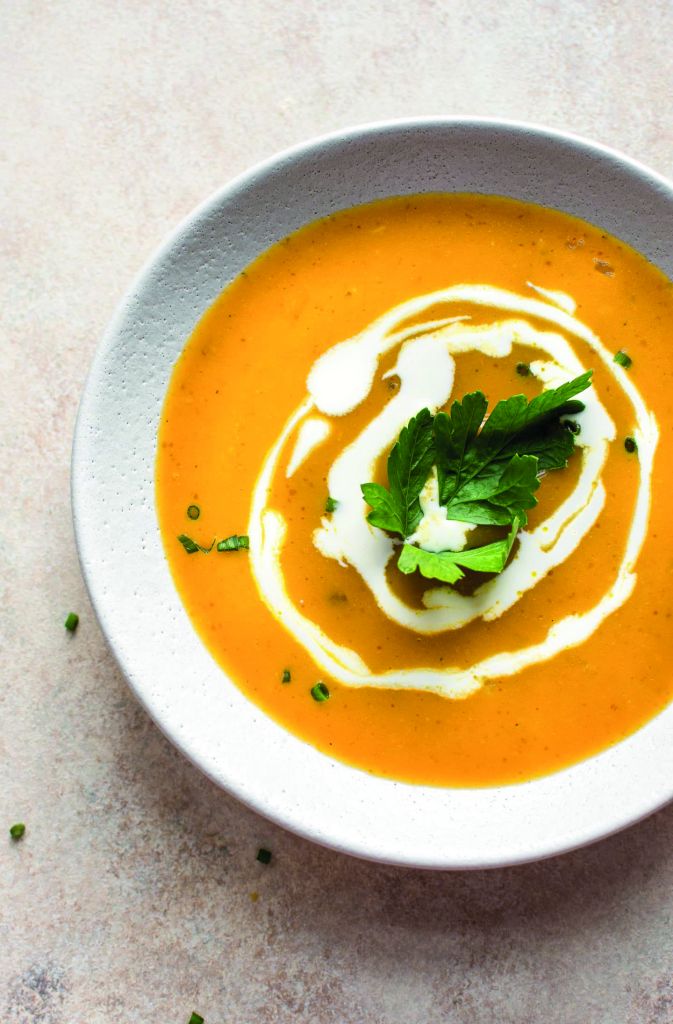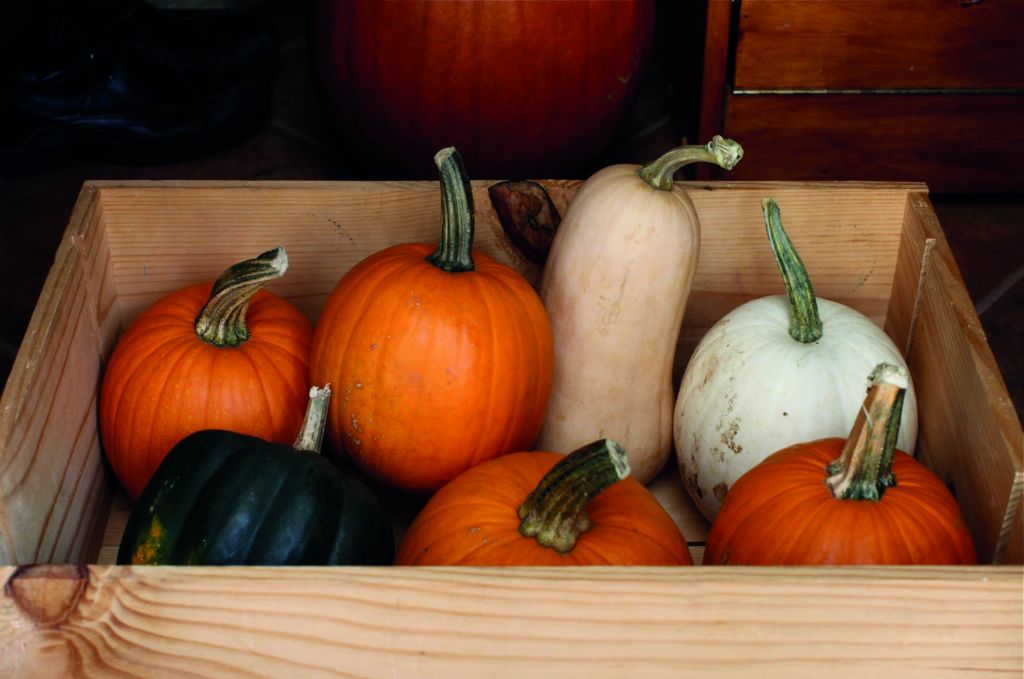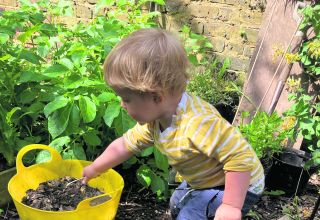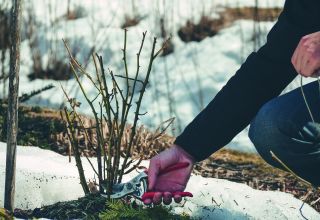Almost half of all the pumpkins grown in our gardens rot and go to waste – just because we don’t use proper storage techniques.
It was suggested last year that almost half of the pumpkins and squashes grown so lovingly in gardens went to rot.
There’s not much point in spending so much time, care and often devotion on growing wonderful pumpkin plants all summer long and then letting the resulting fruits rot on the ground, or worse, in your kitchen – rotting pumpkin smells bad. And it’s such a shame because those lovely pumpkin soups and recipes could be extended easily with proper storage techniques.
Pumpkin growing is fun for the family. When it’s time to harvest the fruit, pay special attention to the condition of the pumpkins to make sure the time is right. Harvesting pumpkins at the right time increases the storage time.
The first this is you should leave pumpkins on the vine if you can. They’ll only ripen and change colour while still growing. Unlike tomatoes and bananas, pumpkins won’t improve after picking.
So, once they have been harvested what is the best way of keeping your pumpkins and winter squashes in tip-top condition until you’re ready to use them?
It helps to prolong the life of your pumpkin if you cure the skin after harvesting. The pumpkin seed experts suggest storing the pumpkins somewhere nice and warm -up to 25°C but a warm kitchen will do for ten days.
Then the pumpkins can be placed in a cool (12°C), airy, dry place, ideally hung up to allow air to circulate around them: a ‘sling’ made of an old pair of tights or a t-shirt works well.
This way, most pumpkins and winter squash should last several months, depending on the thickness of their skin. Remember to check them every few days, and if any start to develop soft spots, use the pumpkin immediately, cutting away any bad bits of flesh. If you’d rather pile your pumpkins in a photogenic heap regular spot checks are even more vital: the places where the skin will give way first are any scratches or surface damage, and where one squash touches another.
If you don’t have a suitable unheated room, but do have plenty of freezer space, it may suit you to cut your pumpkins into small dice, cook them either in boiling water on the stove or in the microwave until just tender, then store them in freezer bags.

Pumpkin soup 
Properly stored pumpkins should keep for three months
Pumpkins last longer if you harvest them when they reach their mature colour and the rind is hard. Use the seed packet to get an idea of the mature colour of the variety. Wait until the pumpkin rind loses its shine and it’s hard enough that you can’t scratch it with your fingernail. The curly tendrils on the part of the vine near the pumpkin turn brown and die back when it is completely ripe, though in some cases they can continue to ripen off the vine. Cut the stem with a sharp knife, leaving three to four cms of stem attached to the pumpkin.
Harvest all the pumpkins before the first frost. Early frost and cold rainy weather call for an early pumpkin harvest.
If you have too many pumpkins to cure indoors, try placing straw under them so they don’t meet wet soil.
The piece of stem left on the pumpkin looks like a great handle, but the weight of the pumpkin might cause the stem to break off and damage the pumpkin. Instead, transport pumpkins in a wheelbarrow or cart.
Wash and thoroughly dry the pumpkins, and then wipe them down with a weak bleach solution to discourage rot. Make the solution by adding two tablespoons of bleach to one gallon of water.
Storing pumpkins on concrete leads to rot.
Properly stored pumpkins keep for at least three months and may last as long as seven months. Check the pumpkins for soft spots or other signs of rot from time to time. Throw away rotting pumpkins or cut them up and add them to the compost pile. Wipe down any pumpkins that were touching them with a weak bleach solution.
- Properly stored pumpkins should keep for three months easily and some seven months.
- Storing pumpkins on concrete leads to rot.
- Pumpkins last longer if you harvest them when they reach their mature colour and the rind is hard.
- The insides of pumpkins are very moist, which causes fungi to grow if not properly dried off. Pumpkins can also attract unwanted pests that will feed on the insides, causing it to decay even faster.
- Leaving the seeds in or scooping them out makes no difference to how long the pumpkin will last.










